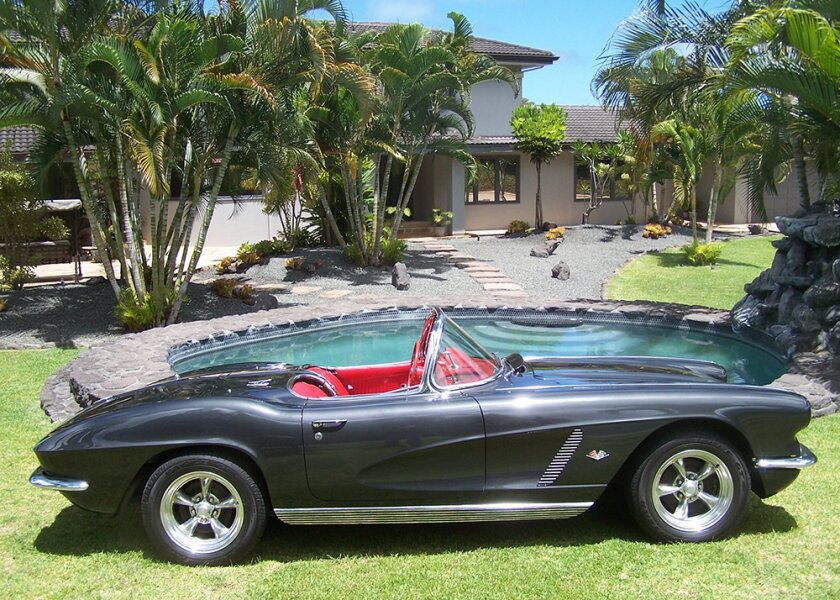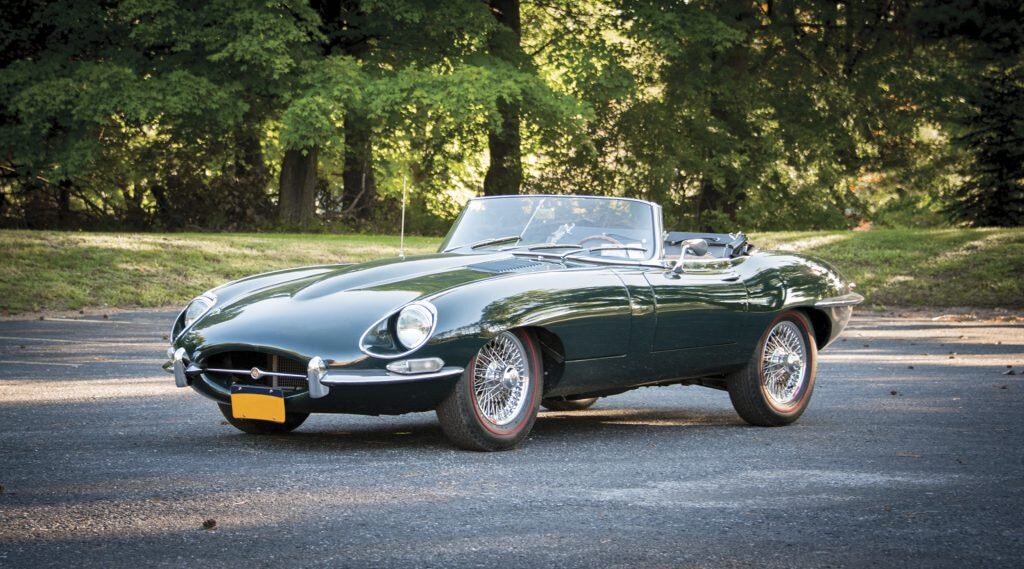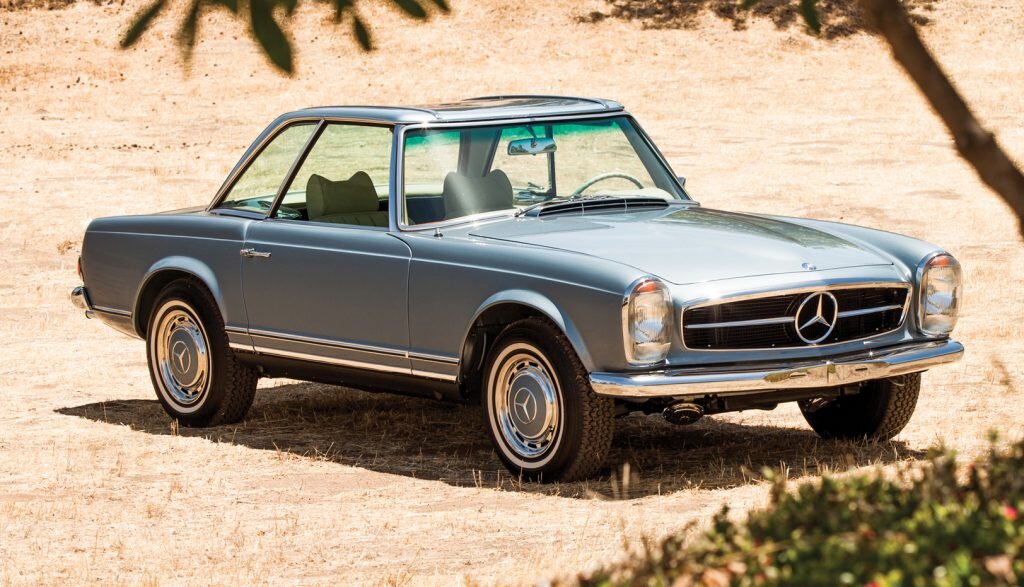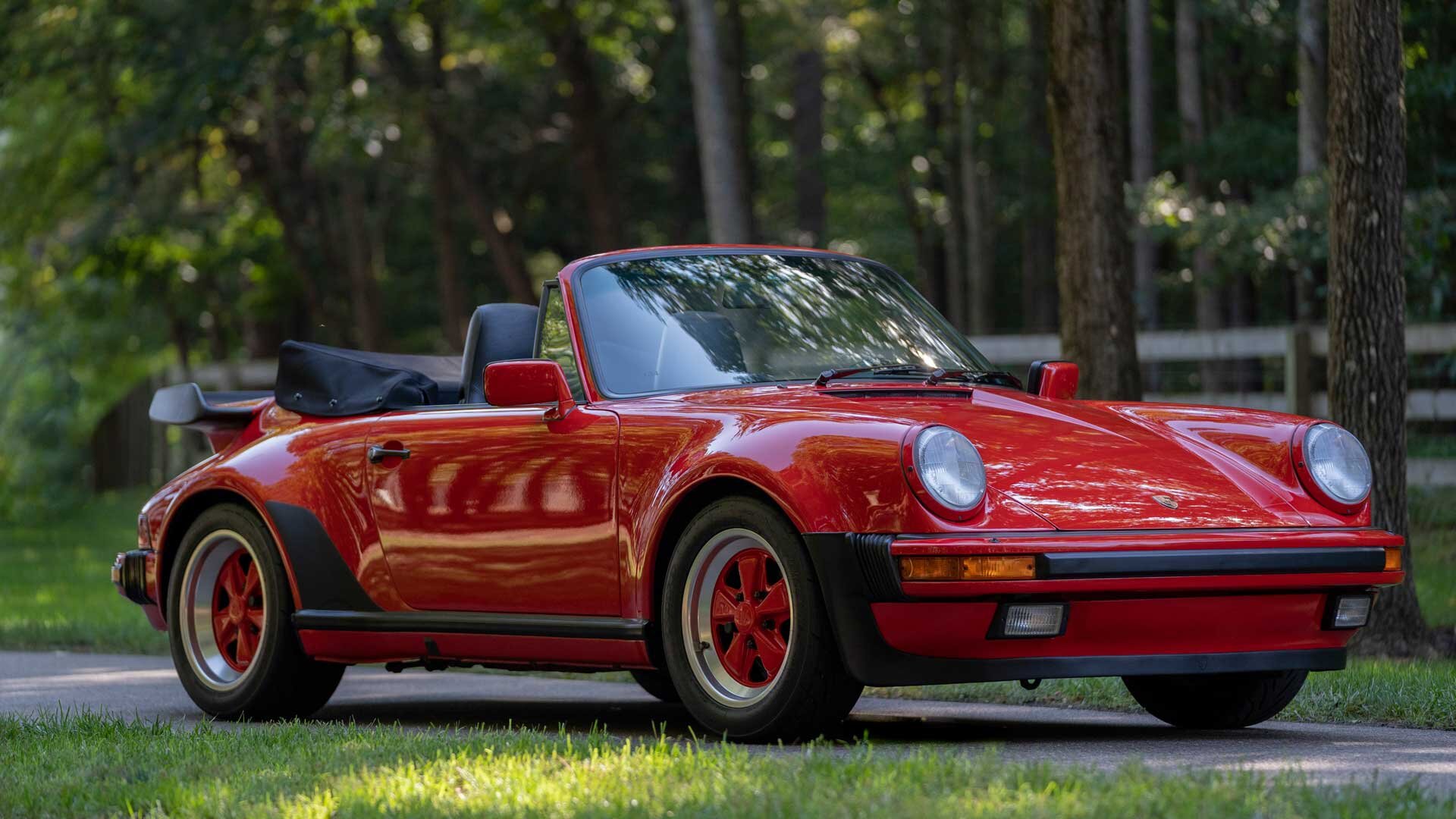Drop Dead Drop Tops
March 4, 2017 – June 18, 2017
Cruising with the top down is an American summer tradition. Whether it’s enjoying a lazy drive on Ocean Avenue or exploring Little Compton, warm weather and convertibles go together like ice tea and lemonade. This exhibit offers a look at the remarkable progression of car top technology and design, from the 1930s to the modern day.
The evolution of the convertible has gone through highs and lows during more than a century of automotive history. The earliest closed body styles were actually considered an innovation over the commonplace open-topped automobile. Convertible tops evolved through the late 1920s, but were often leaky, drafty, and noisy.
The 1939 Plymouth Convertible introduced the user-friendly power-assisted top, on a relatively inexpensive car, helping to expand the market for drop tops. By their heyday in the 1950s and 1960s, convertibles made up about 6 percent of total car sales. Today, less than 2 percent of all automobiles on the road are convertibles.
Sunroofs gained popularity in the 1960s. A power-operated Golde sunroof was offered as a factory option on Mercury's new 1967 Cougar, which was incredibly popular and became that year’s Motor Trend Magazine's Car of the Year. However, the 1970s saw a decline in convertible sales, rebounding somewhat in the 1980s with ragtops like the 1982 Chrysler LeBaron.
While convertibles have certainly not lost their appeal, today’s glass roof and retractable hard top options now dominate the luxury market. Progress in materials and design will continue to bring down the cost of these systems without compromising their benefits: added structural strength, quieter interiors, greater resistance to vandalism, and retention of a modern-looking and aerodynamic fixed-roof profile.



















